Rome's Perennial War on the Bible
Constantinean "Christianity"
Roman Emperors Diocletian and Galerius ordered all the Christians in North Africa to hand over the Scriptures for burning. They were also ordered to burn incense to the statues of the Caesars. Many refused to give up the Scriptures and worship Caesar, so Christian blood flowed like a river.
The last great persecution ended when Constantine became Emperor of the West. Together with Emperor Licinius, he issued an edict of toleration called the Edict of Milan.
This edict of toleration did not apply to Christians who would not join his new imperial "Christianity."
This edict excluded many of the North African survivors of the persecution. Those surviving Christians referred to people who handed over the Scriptures as traditores (traitors) and insisted on their rebaptism.
Josephus, an Imperial Christian
In Wars, 5, 9. 4, he retails to us the speech which he says he made to the defenders on the walls. It is a survey of the past history, quite on the lines of the Deuteronomic historians: the nation's and Jerusalem's fate has ever depended upon the will of God according to the people's righteousness or wickedness. The present calamity has come as divine punishment, although it is not too late to recognize their sins and surrender to the Romans. But things have come to such a pass that 'I think that God has fled from the sanctuary and stands with those who fight against you'. One is reminded of a certain prophet's vision of the dramatic departure of the Glory of the Lord from His temple (Ezek. 10). In the preceding paragraph (§ 3) he pictures how invincible is the dominion of the Romans, a manifest token of the will of God and how 'fortune' (τυχη) has on all sides gone over to them, and God, having passed the dominion about among the nations, is now in Italy' (νυν επι της Ιταλιας ειναι). Josephus also reports that two Prisees – Pollion and Samais, his student, - advised the populace to open the gates of Jerusalem to Herod, when herod put the city under siege. The present-day version of this theology says that the Jewish people of today had no claim to the land of Israel because the church (or New Age) replaced Israel.
The “Christianity” of the Edict of Milan
“When I, Constantine Augustus, as well as I, Licinius Augustus, fortunately met near Mediolanurn (Milan), and were considering everything that pertained to the public welfare and security, we thought, among other things which we saw would be for the good of many, those regulations pertaining to the reverence of the Divinity ought certainly to be made first, so that we might grant to the Christians and others full authority to observe that religion which each preferred; whence any Divinity whatsoever in the seat of the heavens may be propitious and kindly disposed to us and all who are placed under our rule. And thus by this wholesome counsel and most upright provision we thought to arrange that no one whatsoever should be denied the opportunity to give his heart to the observance of the Christian religion, of that religion which he should think best for himself, so that the Supreme Deity,* to whose worship we freely yield our hearts) may show in all things His usual favor and benevolence.”
Who is the Supreme Deity? - Julius Caesar had been enrolled in the pantheon of Roman gods in 42 BC, and the comet, as described in Octavian’s memoires, was considered the soul of the divine Julius Caesar approving of his heir. Octavian took the title son of god, and when he had secured the empire for himself in 27 BC took the title Augustus, effectively, “the Most High”! It was a divine title, and altars were set up to Augustus the God in some Roman provinces. The Title “The Most High” was borrowed from the cult of Jupiter OPTIMUS MAXIMUS.
In his Oration to the Assembly of the Saints Emperor Constantine claimed that "Jesus Christ, Son of God, Saviour, Cross" was the one pointed in a Prophetic Acrostic of the Erythrean Sibyl, because “he wanted to have nothing in common with this odious people (meaning Jews).”
Here is a relevant passage from H.P. Blavatsky's The Esoteric Character of the Gospels: “There is still. Another and far more weighty proof that the name Christos is pre-Christian. The evidence for it is found in the prophecy (without quotation marks – rp) of the Erythrean Sibyl. We read it in (IESOUS CHREISTOS THEOU HUIOS SOTER STAUROS). Read esoterically, this string of meaningless detached nouns, which has no sense to the profane, contains a real prophecy – only not referring to Jesus – and a verse from the mystic catechism of the initiate. The prophecy relates to the coming down upon the earth of the Spirit of Truth (Christos), after which advent – that has once more nought to do with Jesus – will begin the Golden Age...”
Jesus means Son of Ieso
The secret doctrine teaches that the first two words IESOUS CHREISTOS mean simply “son of Iaso, a Chrestos,” or servant of the oracular god. Indeed IASO is in the Ionic dialect IESO and the expression Iesous – in its archaic form, (IESOUS) – simply means “the son of Iaso or Ieso, the “healer” i.e. (ho Iesous) (uios). No objection, assuredly, can be taken to such rendering, or to the name being written Ieso instead of Iaso, since the first form is Attic, therefore incorrect, for the name is Ionic. “Ieso” from which “Ho Iesous” (son of Ieso) i.e., a genetive, not a nominative – is Ionic and cannot be anything else, if the age of the Sibylline book is taken into consideration. Nor could the Sibyl of Erythrea have spelt it originally otherwise, as Erythrea, her very residence, was a town in Ionia (from Ion or Janus) opposite Chios, and that the Ionic preceded the attic form.
Leaving aside in this case the mystical signification of the now famous Sibylline sentence, and giving its literal interpretation only, on the authority of all that has been said, the hitherto mysterious words would stand; “Son of IASO, CHRESTOS (the priest or servant) (of the) SON of (the) GOD (Apollo) the SAVIOR from the Cross” - (of flesh or matter). (http://www.theosociety,org/pasadena/hpb-sio/sio-eso2.htm)
Here are the words of Constantine from his Oration: “It is evident that the virgin uttered these verses under the influence of Divine inspiration. And I cannot but esteem her blessed, whom the Saviour thus selected to unfold his gracious purpose towards us. That this Prophecy respecting our Saviour was not the Fiction of any Member of the Christian Church, but the Testimony of the Erythraean Sibyl, whose Books were translated into Latin by Cicero before the coming of Christ. Also that Virgil makes mention of the same, and of the Birth of the Virgin's Child: though he spoke obscurely of this Mystery from Fear of the Ruling Powers.”
The Historical Background of Constantine's Oration
The original Aramaic-speaking community of Jews with a Christian orientation, or “Jewish Christians”, in Jerusalem, whose faith and praxis had still largely remained within the framework of Judaism, had been succeeded outside Jerusalem and Israel by a Greek-speaking community made up of “Gentile Christians.” These had fused Christianity with Hellenistic philosophy and had made it the basis of a wholly new religion (Constantine's “Christianity”). “The Seven”, all of whom have purely Greek names were probably relatively independent of the group of apostles representing the Hebrews or “The Twelve”, who represented the 12 tribes of Israel. Acts reports a conflict which comes to a climax with the arrest and stoning of Stephen and the expulsion from Jerusalem of the Hellenistic Jewish Christians, but not the Aramaic Christians. A Gentile Christianity without the Law only gradually took its place in Antioch alongside a Hellenistic Jewish Christianity which was critical of the Law and which continued to have an independent existence. Probably in similar circumstances migrated to Damascus the Jewish Pythagorean heliocentrists i.e. the Essenes with their Teacher of Righteousness. Had not Jesus’ teaching contained a kernel of opposition to Judaism, Paul could never in the name of Jesus have set aside the ceremonial laws, and broken through the barriers of national Judaism. Jesus was a rabbi with a difference. There was a quite distinctive note of authority (dogmatism!) on his words such as is missing even from the Old Testament prophets. They said “Thus says the Lord; He said “I say to you”. A closer parallel is provided by the Qumran Teacher of Righteousness. Paul quotes the Torah 80 times only to do away with it; he invented an un-Jewish disease, original sin, in order to cure it with an anti-Jewish means – with a human sacrifice as an atoning death. He became everyman to everyone (a pimp to prostitutes?); he was thus prepared to abandon his principles for the sake of propaganda (opportunist); he falsified the faith of Jesus so that it became faith in Jesus; he transformed creation optimism of Genesis, according to which human beings are good, into a Hellenistic pessimism according to which human beings are too sinful and too weak by nature to prove themselves worthy of redemption without the grace of God.
The Gentile Christian leaders were soon driven by Jewish persecution from Jerusalem to the synagogues of Samaria and Syria. But soon two victories were won; henceforth the Gospel was to be preached to Gentiles and converts were freed from Jewish customs. The Apostle of the Gentiles could now carry a Gospel emancipated from Judaism. The Church of Saints Sergius and Bacchus, built on the acropolis hill at Nitsanah, one of the places in the Negev, through which the heavy caravan traffic passed both in Nabatean and Byzantine times, played an important role not only in religious but also in the business life of the community. Its presbyter was also the chief money lender, who, according to one of the papyri, was not above charging considerably more than the legal rate of interest. Of extraordinary importance was the discovery at Nitsanah of parts of an amazing library of wide ranging scope. It was very catholic in its collection, extending from several pages of the Acts of St. George and fragments of the most anti-Semitic Fourth Gospel and a Syriac religious text, to approximately a hundred pages of a Latin-Greek lexicon to Virgil. While the Jewish Christians (“The Twelve”) spoke that Jesus was born in Betlehem, the Gentile Christians (“The Seven”) stressed his “coming down” from heaven (Ouranos, Jn. 6:38).: “For I came down from heaven, not to do my own will...) In the Gospel of Matthew 9:12 Jesus said, that he “has come” into the world, not that he was born. “No man hath ascended up to heaven, but he that came down from heaven.” Jesus of the Fourth Gospel is a representative of “a new race descended from Heaven on high,” foretold by Virgil in his “Fourth Eclogue”. We must assume that there were comparable libraries in some of the other, important Byzantine towns in the Negev. Paul became the Apostle of the Gentiles and Virgil – the Prophet of the Gentiles.
The early apologist of Galileo, the Dominican friar. Campanella in his book Apologia pro Galileo (Frankfurt 1623) pointed out that Galileo shared Muhammad’s belief in “many worlds with lands and seas, and with human inhabitants. Muhammad, for political reasons, rejected the idea of the Biblical Eden planted by God on earth and embraced instead the idea of the garden of Immortality that the Babylonian myth placed in Heaven. Unlike the Biblical Adam who was simply “sent forth from the garden of Eden” (Gen. 3:23), the Koran’s Adam was “sent down from the garden” (Sura Ta-Ha 20:123). Similarly, in the so-called Gospel of the Syrian heretic Marcion Jesus was send down:
In the fifteenth year of Tiberius Caesar,
Pontius Pilate being governor of Judea,
Jesus descended [out of heaven] into Capernaum, a city in Galilee,
and was teaching [in the synagogue] on the Sabbath days;
And they were astonished at his doctrine. (3:1/4:31)
The secret NASA footage posted all over the Internet shows the alien moon base located on the Dark Side of the moon. (NASA Launches Effort for Closer Cooperation with Israel, (Shevat 10, 5770, 25 January 10 10:47, by Tzvi Ben Gedalyahu, Israel national News)
“To believe that God created a plurality of worlds, at least as numerous as what we call stars, renders the Christian (and Jewish-rp)) system of faith at once little and ridiculous and scatters in the mind like feathers in the air.” (Tom Paine)
Not all who interpreted the poem christocentrically did so through dishonest rearrangement and omission of lines, like Emperor Constantine did. Saint Augustine (354-430 A.D.) saw portents of Christ’s birth in the Eclogue, however, he attributed this not to Virgil, but to the Sibylline oracle. Although he had a high regard for Virgil, he believed the actual prophecy was from the mouth of the Sibyl rather than the poet himself. Virgil, therefore, prophesied of Christ’s birth unwittingly. Jerome (327-420 A.D.) expressed skepticism about the "prophecy", saying that Virgil could not have been a Christian without Christ. However, as Bourne points out, the very fact that Jerome denied this possibility indicates the prevalence of christocentric readings of the Eclogue.
One of the best-known interpretations of the Eclogue is found in Divina Commedia by Dante Alighieri (1265-1321), wherein Virgil is portrayed as the poet’s guide through much of the unseen world. It is clear that Dante’s admiration of Virgil was not simply on account of his skill as a poet; Dante believed Virgil to be a bearer of divine truth. In one portion of the text, Dante has the poet Statius, whom Dante supposed to be a Christian, attribute his interest in Christianity to Virgil’s writings, specifically to the Fourth Eclogue.
The tomb known as "Virgil's tomb" is found at the entrance of an ancient Roman tunnel (also known as "grotta vecchia") in the Parco di Virgilio in Piedigrotta, a district two miles from old Naples, near the Mergellina harbor, on the road heading north along the coast to Pozzuoli. The site called Parco Virgiliano is some distance further north along the coast. While Virgil was already the object of literary admiration and veneration before his death, in the following centuries his name became associated with miraculous powers, his tomb the destination of pilgrimages and veneration. The poet himself was said to have created the cave with the fierce power of his intense gaze.
It is said that the Chiesa della Santa Maria di Piedigrotta was erected by Church authorities to neutralize this adoration and "Christianize" the site. The tomb, however, is a tourist attraction, and still sports a tripod burner originally dedicated to Apollo. (Wiki)
On the cover of John Paul II's The Roman Triptych is reproduced Michael Angelo's Libyan Sibyl from the Sistine Chapel. Well, it is a well-known fact from the Church history that the Christian fathers and their followers made themselves so ridiculous by their fatuous faith in the Sibyls that they were derisively called “Sibyllists” by the Pagans.(http://www.infidels.org/library/historical/joseph_wheless/forgery_in_christianity/chapter_...)
These “Sibyllists, like their Role model emperor Constantine were so deeply anti-Semitic that they rejected the Jewish Scriptures as the prefigurement of the Christian faith and embraced instead the “prophecy” of Erythrean Sibyl.
Virgil a “Bearer of Divine Truth”
Jupiter was the god of Virgil's heliocentric system presented in his Georgica:
Quid faciat laetas segetes, quo sidere terram vertere- Maecenas, ulmisque vitis conveniat
(Virgil Georgica, 1-2;1-4)
And this god was identified by Virgil with Ether:
Tum pater omnipotens fecundis imbribus Aether coniugis in gremium laetae descendit,
Then Aether, sire omnipotent, leaps down With quickening showers to his glad wife's embrace,
(Virgil, Georgics II)
The belief that mankind is not the sole representative of intelligent life in the Universe is very old. And it is more than a belief: as the philosopher Metrodorus put it in the third century B.C. ‘to consider the Earth the only populated world in infinite space is as absurd as to assert that in an entire field sown with millet, only one grain will grow.” St. Paul refers to this when he says that he was caught up to the Third Heaven (cp. The Third Rock from the Sun) and heard unutterable words in the body, or out of the body, I cannot tell” (2 Cor. 12:2-4). St. John also says he was “in the Spirit” i.e. in an ecstasy – when he saw the apocalyptic vision (Rev. 1:10). There was a class of diviners among the ancient Greeks called Extatici who used to lie in trances, and when they came to themselves gave strange accounts of what they had seen while they were “out of the body.” 2 Cor. 12: 2-3; cp. The LSD Trips): “I know about one of Christ’s followers who was taken up into the Third Heaven fourteen years ago. I don’t know if the man was still in his body when it happened, but God certainly knows. As I said, only God really knows if this man was in his body at the time. But he was taken up into paradise, where he heard things that are too wonderful to tell.” (Cp. “And we have created over you 7 Heavens.” – The Qur’an 2.178)
In Chapter III of his Oration emperor Constantine spoke about the Father's substance which is not being diminished by generation of all things. Well, the substance was also known as the essence of the anima mundi, or soul of the world, supporting the general phenomenon of growth and the infinite potential for life.
Let me remind here that, like his famous predecessor Thomas Aquinas's, Voltaire's focus was on nature conceived of as God, exacltly like Spinoza's deus sive nature worshipped as Substance. It was believed also by Voltaire that the Roman sun god, Sol, was the visible manifestation of an invisible "Highest God" (Etre Supreme, summus deus), who was the principle behind the universe. This god was thought to be the companion (Socius) of the Roman emperors. Constantine's adherence to this faith is evident from his claim of having had a vision of the sun god in 310 while in a grove of Apollo in Gaul. Julian the Apostate praised by Voltaire as “the greatest man that ever was” and who was was proclaimed Emperor in Paris at the Thermes de Cluny, standing on a shield in the Frankish manner in 360, wanted to replace the recently recognized Christianity with the religion of the solar “Highest God” also worshipped by Emperor Elagabalus (lit. “the Highest god”).
Magnus ab integro saeculorum nascitur ordo (Virgil, IV Eclogue)
The translation: „The great march of the centuries begins anew” misses the beef of the philosophical abiogenesis: ab integro...nascitur ordo” The Latin term integer denotes 'the whole thing' or 'number of whole things.'
"... all things are one, and the One is all things, seeing that all things were in the Creator before he created them all. And rightly has it been said of Him that He is all things, for all things are parts of Him. And this being so, all things are linked together, and connected one with another in a chain extending from the lowest to the highest ; so that we see that they are not many, or rather, that all are one." Asclepius I, 2a. The heliocentric pharaoh Akhenaten called the sun 'One'
Inspired by this philosophical dogma, “It came about on a certain day, while Diocletian was reigning, that the craftsmen sculpted a statue of the Sun with a quadriga from polished stone with every art; chariot, horses and all from a single stone.” It was a prefigurement of the Constantine dogma of Trinity proclaiming consubstantiality of three divine persons. All Roman emperors believed themselves to be consubstantial (homoousios) with the invisible Highest God (summus deus)
Spontaneous Generation also referred to as abiogenesis, the theory that living things arise de novo without living parents from lifeless matter. The attempt of the ancients and medievals to explain the origin of lower forms of life from natural causes, rather than attributing it directly to a supermundane or divine power, was scientifically respectable.(Aquinas). Pliny wrote: “We are so much at the mercy of Chance that Chance is our god”. Indeed, in ancient Greece, Tyche or Chance was not merely believed in but worshiped alongside the other gods and goddesses. The two greatest historians of antiquity, Thucidides and Polybius, took chance (with a small 'c') as a cardinal element for historical analysis; Plato and Aristotle, taking an ultimately theological view of the universe, equated chance with all that did not belong to the directly purposive act of god and man, that is, in effect, with physical law. St. Thomas Aquinas believed in abiogenesis.
In an official prayer of Avalokiteshvara, who emanated from the right eye of his spiritual father Amitabha (Spiritual Sun) is described as a puer aeternus (cp. Baby Jesus): “Generated from ten million rays his body is completely white (the favoured race of the Romans). His head is adorned and his locks reach down to his breast”. According to Aquinas, the active part of the semen (the animal spirit) remains until the generative process is completed. This part also obtains heat from the sun, confirming the claim of Aristotle, that “man is generated by man and the sun.” Coperncius pictures the sun in his book (Revol. I,10) as All Seeing Being, visible god and mentions the stars as his “family” according to the classical definition of the sun as Father of All.http://www.oneyearbibleblog.com/2008/04/april-1st-on...:
The Gentile Christians, like the Qumran sectarians and like the Pythagorean heliocentrists before them, styled themselves “the sons of light”. Those who spring from a “fountain of light” like Noah mentioned in the Genesis Apocryphon (1 Qap-Gen) do not have natural fathers. They live eternally like Melchizedek described in 11 Qmelchizedek. Accordingly, we learn from Heb 7:1-3 that He is without father or mother or genealogy, and has neither beginning of days nor end of life, but resembling the Son of God, he continues a priest forever.” In Qumran, and later in the Christian writings the title “Son of God” functioned exactly like in the Graeco-Hellenistic world, as a term denoting a nature...
Sunday, August 22, 2010
Subscribe to:
Post Comments (Atom)

















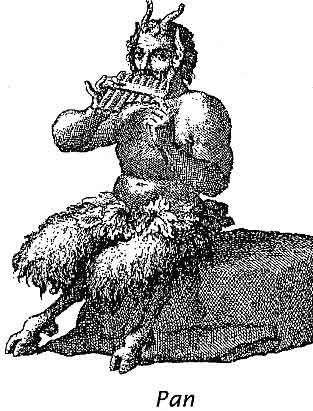














































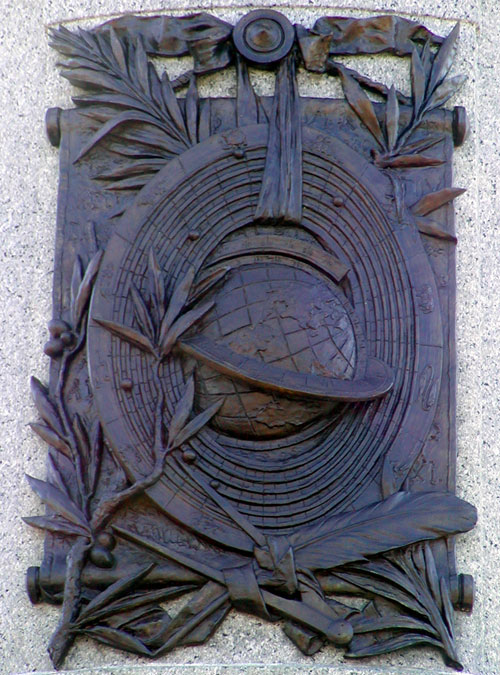


























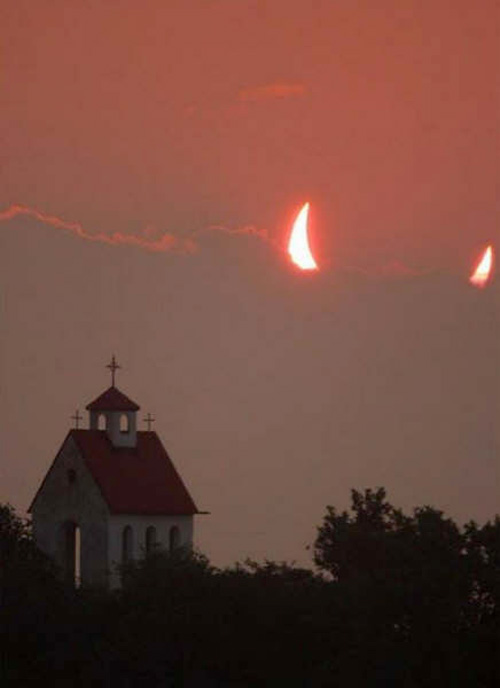












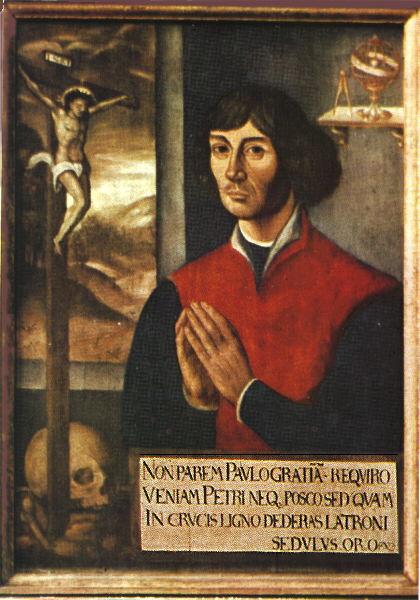















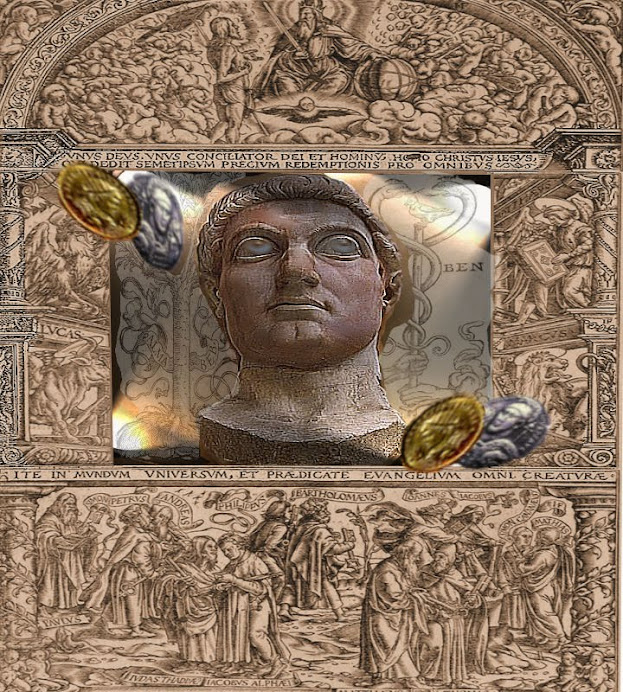



















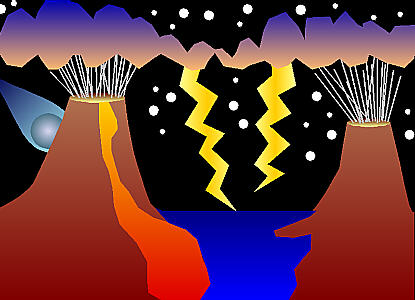


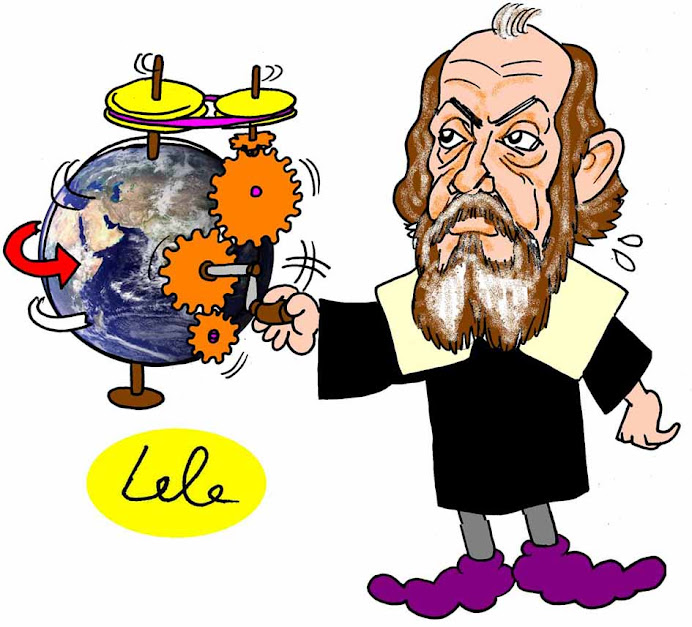













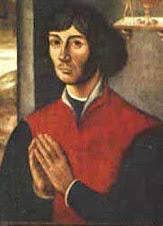.jpg)



















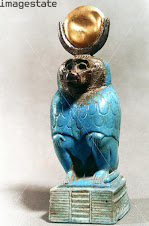








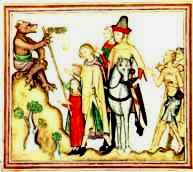

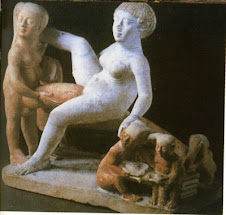











.jpg)





























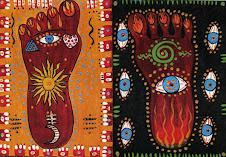
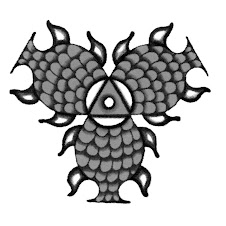











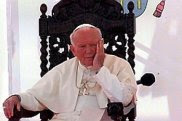

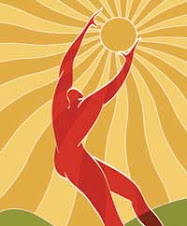


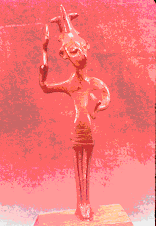










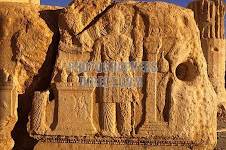
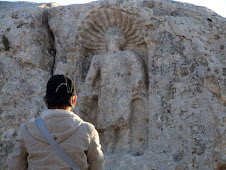






.gif)





















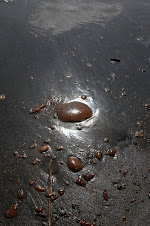









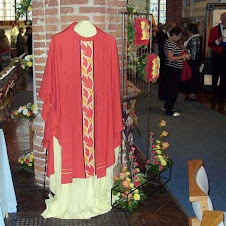


























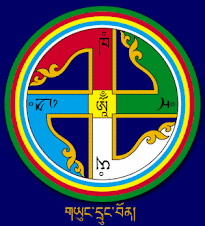























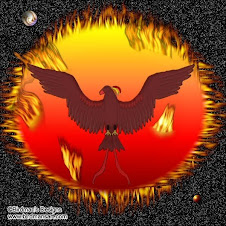

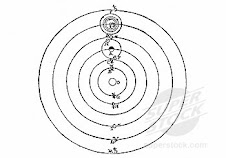

.jpg)













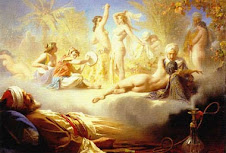
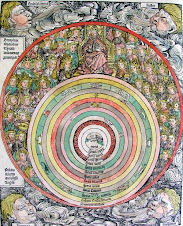












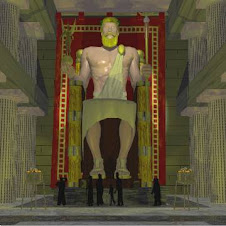


















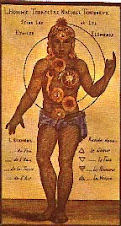
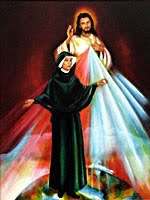
















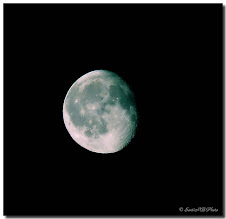




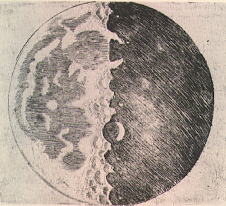




















































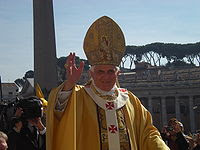

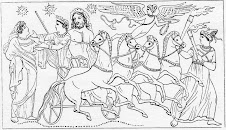
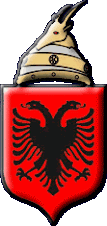







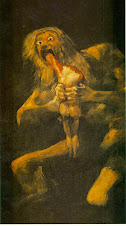




















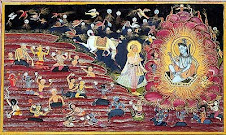

















++of+the+Sun+god..jpg)

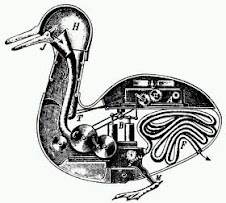
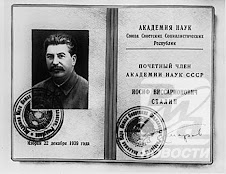







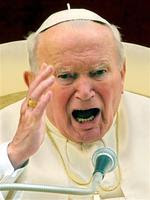


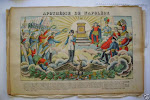



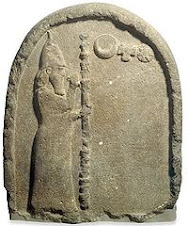





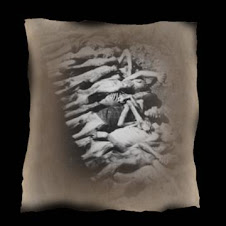




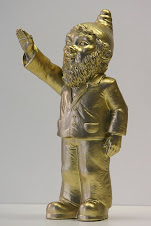
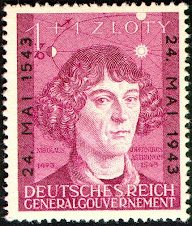








No comments:
Post a Comment